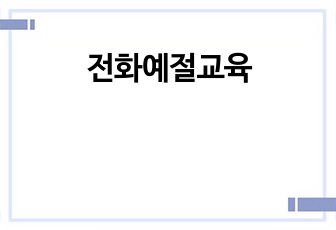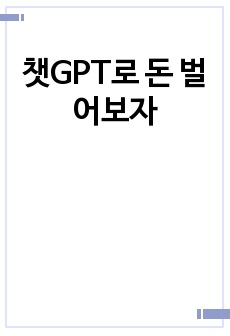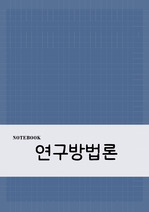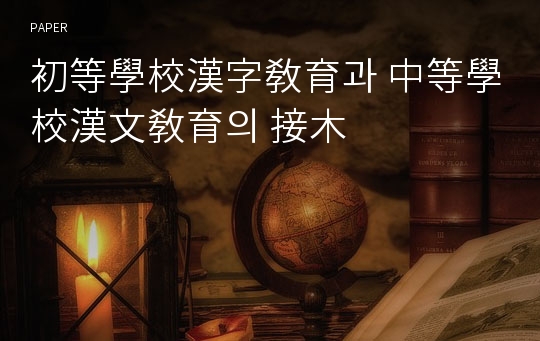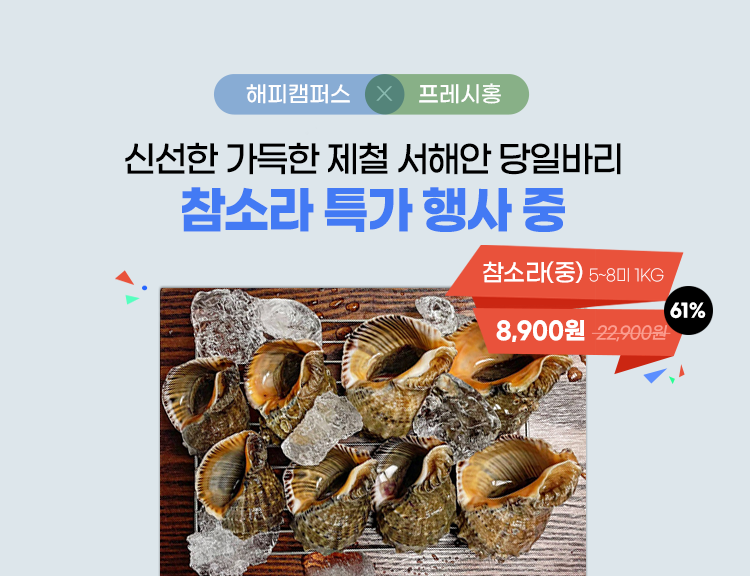* 본 문서는 배포용으로 복사 및 편집이 불가합니다.
서지정보
ㆍ발행기관 : 한국한자한문교육학회
ㆍ수록지정보 : 漢字漢文敎育 / 23권
ㆍ저자명 : 宋秉烈
ㆍ저자명 : 宋秉烈
한국어 초록
현재 初等學校의 漢字敎育은 주로 漢字와 漢字語및 故事成語등을 學習內容으로 삼고 있다. 中․高等學校의 漢文敎育은 주로 漢文文章을 학습 내용으 로 삼고 있다. 初等學校의 漢字學習內容은 현재 우리 言語生活에서 사용되는 漢字語彙(漢字語)를 위주로 한 것이며, 중․고등학교의 한문 학습은 20세기 초 까지 創作되었던 漢文學作品에 쓰인 漢文文章등이다. 漢字語와 漢文의 두 학 습 내용은 전혀 연관성이 없는 것으로 인식될 수 있다. 따라서 언어생활 한자어를 주로 사용하는 현대 國語體와 漢文의 統辭構造와 한자로 쓰인 漢文體의 相互關係를 따져볼 필요가 있다. 言語의 文體는 表記를 비롯하여, 統辭構造, 語彙, 修辭法등을 고려하여야 한 다. 우리 민족이 역사적으로 사용했던 문체는 매우 다양하다. 첫째 漢文體이다. 표기는 한자이고, 어휘는 한자 어휘를 쓰며, 통사구조는 한문체이다. 둘째 朝鮮風漢文體이다. 표기는 한자이고, 어휘는 한자 어휘와 한역 어휘(우리말을 한역한 어 휘)를 쓰며 통사구조는 한문체이다. 셋째 壬申誓記石體이다. 표기는 한자이고, 어휘는 한자 어휘를 쓰며 통사구조는 국어체이다. 넷째는 吏讀鄕札體이다. 표기는 한자이고, 어휘는 한자 어휘와 가차 어휘(우리말을 한자의 뜻과 음을 가차하여 쓴 어휘)를 쓰며 통사구조는 국어체이다. 다섯째는 口訣풀이 漢文體이다. 표기는 한 자와 한글 및 구결 등을 쓰고, 어휘는 한자 어휘, 고유어 어휘(구결-조사, 어미)를 쓰며 통사구조는 한문체이다. 여섯째는 口訣懸吐漢文體이다. 표기는 한자와 구 결을 쓰고, 어휘는 한자 어휘와 고유어 어휘(구결-조사, 어미)를 쓰며 통사구조는 국한문혼용체이다. 일곱째는 經書諺解體와 한글懸吐漢文體이다. 표기는 한자와 한글을 쓰고, 어휘는 한자 어휘와 고유어 어휘(구결-조사, 어미)를 쓰며 통사구조 는 국한문혼용체이다. 여덟째는 國漢文混用表記國語體이다. 표기는 한자와 한 글을 쓰고, 어휘는 한자 어휘와 고유어 어휘를 쓰며 통사구조는 국어체이다. 아홉 째는 한글轉用國語體이다. 표기는 한글이고, 어휘는 한자 어휘와 고유어 어휘를 쓰며 통사구조는 국어체이다. 현재 우리가 사용하는 국어체는 국한문혼용 국어체와 한글전용 국어체이다. 이 들 국어체는 한문체에 구결이나 한문체를 언해한 국한문혼용체에서 발달한 것이 다. 현재의 국어체는 한문체와 국어체의 문장체가 결합되어 있는 것이다. 한자 어 휘가 전혀 사용되지 않는 순수한 국어체가 존재하기는 하나, 일부 시에서만 가능 할 뿐이며 언어생활 전반에서는 한자 어휘와 고유어 어휘가 동시에 사용되는 국 어체이다. 따라서 언어생활 한자어를 주로 사용하는 현대 국어체와 한문의 통사구 조와 한자로 쓰인 한문체는 역사․발전적 상호 관계가 있다. 한편 해방 이후 초등학교의 한자 교육은 방향성을 상실하고 우왕좌왕하다가 한 자․한문 교육을 도외시하는 쪽으로 진행 되었다. 이에 초등학교 한자 교육과 중․고등학교 한문 교육을 연계할 필요가 생겼다. 상호 연계의 근거는 한문체와 국어체의 관계에서 공통적으로 한자 어휘가 존재한다는 사실이다. 오늘날 박지원 의 열하일기, 정약용의 목민심서 등과 같은 수많은 한문 작품이 오늘날의 ‘국 어체’로 번역되어 읽히고 있다. 이는 한문의 독서 문화가 존재한다는 것이다. 한자 어휘가 사용되고, 한문학 작품이 ‘국어체’의 문장으로 독서된다는 것은 기본적인 한자․한문 교육이 필요하다는 절대적 근거이다. 따라서 ‘국어체’의 기초 교육과 정인 초등학교의 교육과정에 한자 교육을 정식으로 도입하는 것이 옳다.영어 초록
In elementary schools students learn Chinese characters in practical words and phrases. In Classical Chinese classes in middle and high schools, Classical Chinese literature produced until the early 20th century is taught. These two materials may be perceived as not correlated at all. Therefore correlation between modern Korean style with practical Classical Chinese words and classical Chinese style with Chinese syntax and Chinese characters needs to be explicated. Stylistics includes orthography, syntax, vocabulary, and rhetoric. Historically, Korean people have used diverse styles. First, Classical Chinese style: Classical Chinese orthography, vocabulary and syntax. Second, Joseon Classical Chinese style: Chinese characters orthography, Classical Chinese vocabulary and Korean vocabulary translated into Classical Chinese, and Classical Chinese syntax. Third, Imsinseogiseok style: Chinese characters orthography and vocabulary with Korean syntax. Fourth, Idu-Hyangchal style: Chinese characters orthography, Classical Chinese and phonetically loaned vocabulary, and Korean syntax. Fifth, Classical Chinese style with interpreted gugyeol: Classical Chinese orthography along with Hangeul and gugyeol, Classical Chinese vocabulary with gugyeol(postpostion, suffix), and Classical Chinese syntax. Sixth, Classical Chinese style with gugyeol annotation: Chinese characters and gugyeol orthography, Classical Chinese vocabulary with gugyeol(postpostion, suffix), and Sino-Korean syntax. Seventh, Confucian classics annotation style and Classical Chinese style with Hangeul annotation: Classical Chinese and Korean orthography, Classical Chinese vocabulary with gugyeol(postpostion, suffix), and Sino-Korean syntax. Eighth, Sino-Korean combination Korean style: Chinese and Korean orthography, Classical Chinese and Korean vocabulary, and Korean syntax. Ninth, Korean Hangeul style: Korean orthography and syntax with Classical Chinese and Korean vocabulary. Modern Korean style, developed from Sino-Korean orthography which interpreted or annotated Classical Chinese with gugyeol, is a combination of Classical Chinese style and Korean style and in consequence it has vocabulary of both Chinese characters and Hangeul. Korean style eliminating Chinese characters vocabulary is only written in poetry. Accordingly modern Korean style is historically and developmentally related with Classical Chinese style. Meanwhile, Chinese characters education in elementary schools has been confused over past 60 years, then such education was disregarded. Chinese characters education in elementary schools and Classical Chinese education in middle and high schools need to be linked. The reason lies in the common Chinese characters vocabulary in Classical Chinese style and Korean style. Numerous Classical Chinese works such as Yeolhailgi and Mokminsimseo are read nowadays. They are translated in modern Korean style. Chinese characters vocabulary and Classical Chinese works translated into Korean style require basic Chinese characters/Classical Chinese education. Therefore, elementary school curriculum should officially introduce Chinese characters education along with its basic Korean education.참고 자료
없음태그
#한문체#조선풍 한문체#임신서기석체#구결풀이 한문체#구결현토 한문체#경서언해체#한글현토 한문체#국한문혼용표기 국어체#한글전용 국어체#Classical Chinese style#Joseon Classical Chinese style#Imsinseogiseok style#Classical Chinese style with interpreted gugyeol#Classical Chinese style with gugyeol annotation#Confucian classics annotation style#Classical Chinese style with
Hangeul annotation#Sino-Korean combination Korean style#Korean Hangeul style
"漢字漢文敎育"의 다른 논문
 初等學校에서 漢字敎育의 必要性과 意義17페이지
初等學校에서 漢字敎育의 必要性과 意義17페이지 초등학교 한자 교육의 현황과 전망24페이지
초등학교 한자 교육의 현황과 전망24페이지 現行初等學校漢字認定敎科書內容分析45페이지
現行初等學校漢字認定敎科書內容分析45페이지 初等學校漢字敎科書에 있어서의 古典資料活用에 관하여24페이지
初等學校漢字敎科書에 있어서의 古典資料活用에 관하여24페이지 初等學校漢字敎育의 體系와 內容40페이지
初等學校漢字敎育의 體系와 內容40페이지 한글專用體制에서 漢字語表記의 問題26페이지
한글專用體制에서 漢字語表記의 問題26페이지 1972年漢文敎科位相變化에 對한 斷想26페이지
1972年漢文敎科位相變化에 對한 斷想26페이지 대학수학능력시험 한문 과목 ‘한자어 영역’의 출제 경향 및 문항 유형 분석79페이지
대학수학능력시험 한문 과목 ‘한자어 영역’의 출제 경향 및 문항 유형 분석79페이지 高麗後期漢文學에 나타난 佛敎思想(Ⅰ)25페이지
高麗後期漢文學에 나타난 佛敎思想(Ⅰ)25페이지 南孝溫「鬼神論」의 문체 특성17페이지
南孝溫「鬼神論」의 문체 특성17페이지










